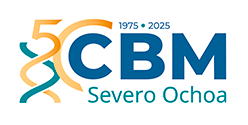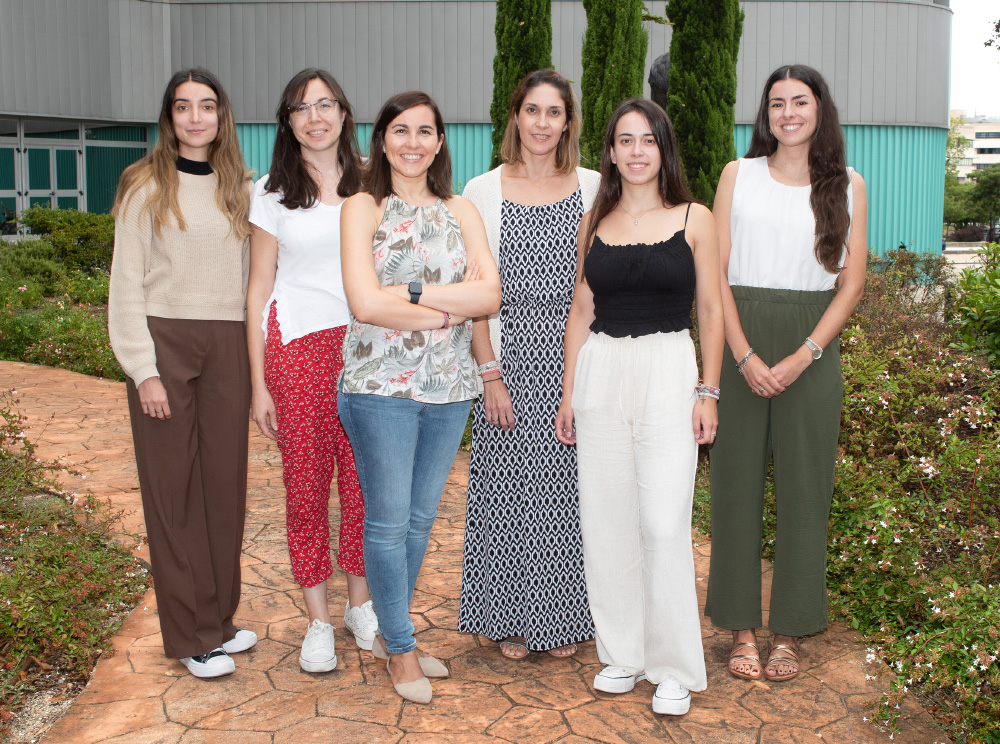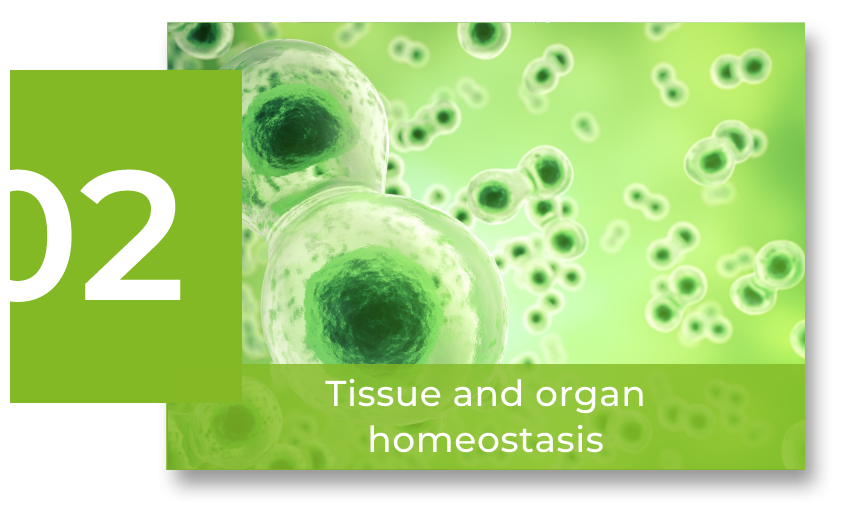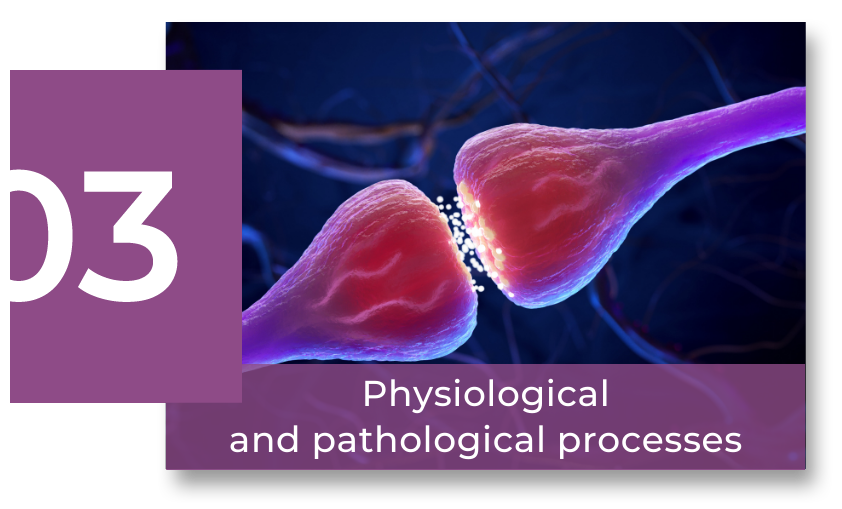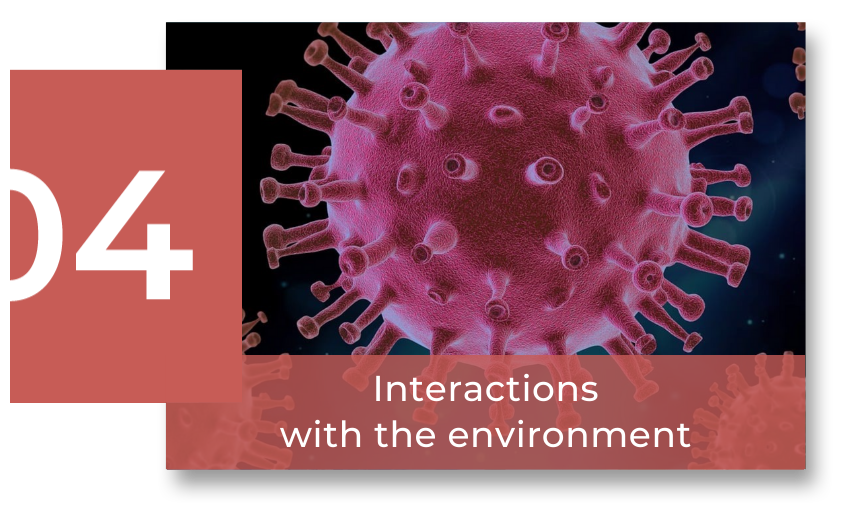Scientific Program
Interactions with the environment
RESEARCH GROUP
Metabolism in cancer and aging
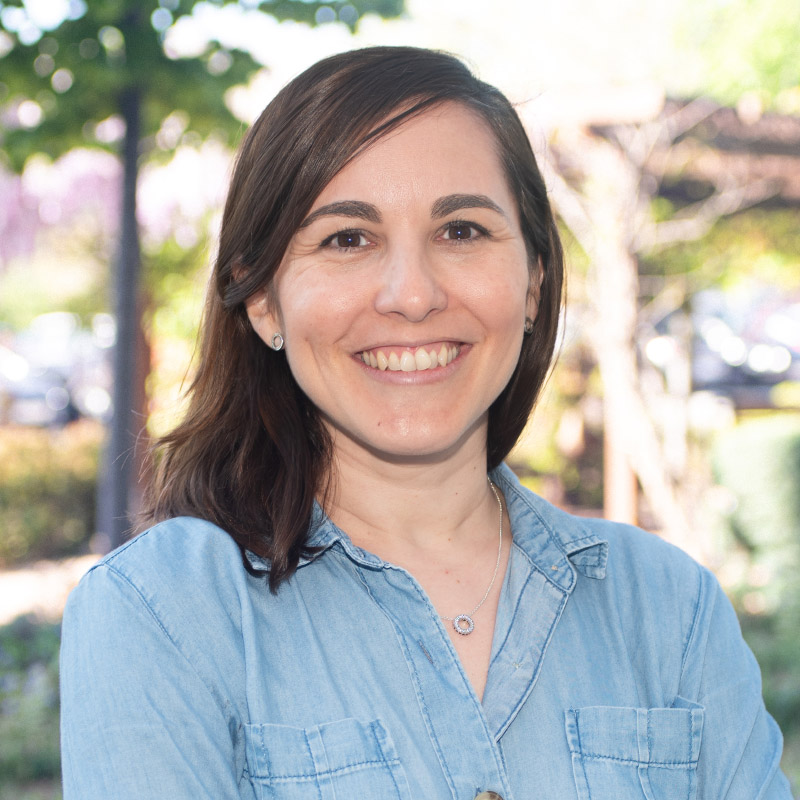
Ana Ortega Molina
Our lab aims to characterize the different features of high grade B cell lymphomas (HGBL) with rearrangements of MYC and BCL2 using transcriptomic and metabololomic tools in preclinical models and patient samples, and screen new metabolic vulnerabilities that could be used as new targeted therapies for these aggressive lymphomas with very poor outcomes with the standard therapies

Research
Diffuse large B cell lymphoma (DLBCL) is the most common lymphoid malignancy in adults and represents a heterogeneous group of tumors with distinct subtypes that differ in genetic alterations, clinical outcome, response to treatment and prognosis. Approximately 5-15% of DLBCL are high grade B cell lymphomas (HGBL) with rearrangements of MYC and BCL2 and they are known as “double-hit” lymphoma (DHL) or “triple hit lymphoma” (THL) if they also present BCL6 translocations. Due to simultaneous activation of these driver oncogenes, DHLs are among the most aggressive and chemoresistant lymphoma subtype with minimal treatment options and have poor outcomes. Deregulated MYC expression contributes to metabolic reprogramming in tumor cells through a complex network of factors. Specifically, c-MYC-transformed lymphoma B cells rely on glutamine metabolism for bioenergetics and redox homeostasis. In addition, serine metabolism, through the enhanced activity of SHMT2 enzyme, contributes to the biology of MYC-aggressive lymphomas. However, the metabolic features of the HGBL-DH lymphomas are not fully understood and could imply potentially targetable vulnerabilities. Understanding the unique biology of these tumors, including metabolism, could provide a rationale for exploring targeted agents beyond the current focus on BCL2 and MYC inhibitors.
Our lab, which opened its doors on September 2021, aim to characterize the metabolic features of these particular tumors using transcriptomic and metabololomic tools in preclinical models and patient samples, and screen new metabolic vulnerabilities that could be used as new targeted therapies for these aggressive lymphomas with very poor outcomes with the standard therapies.
Group members
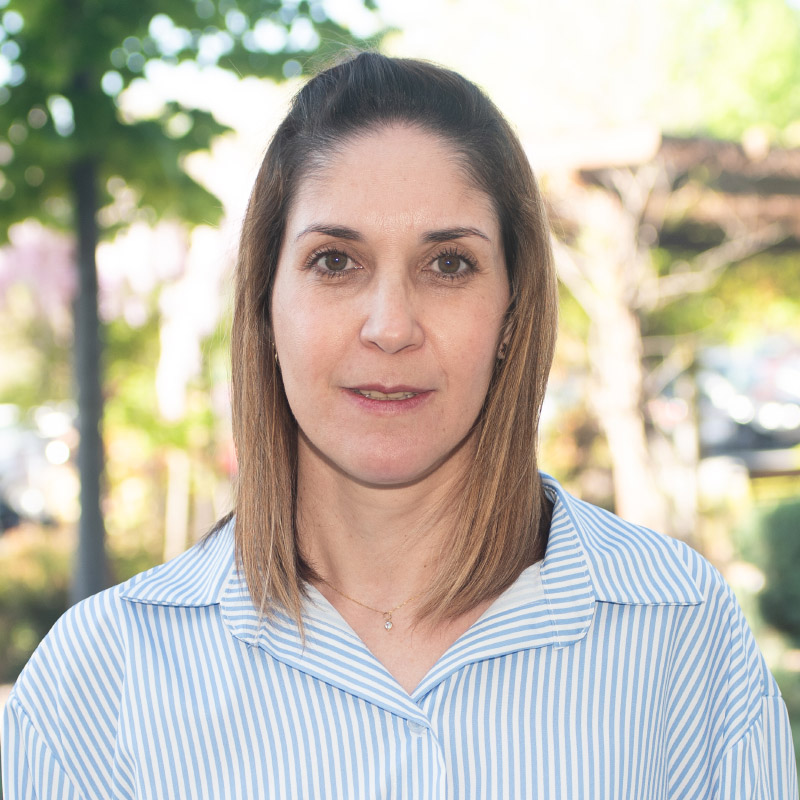
Cristina Prieto Carro
Lab.: 408 Ext.: 4574
cprieto(at)cbm.csic.es
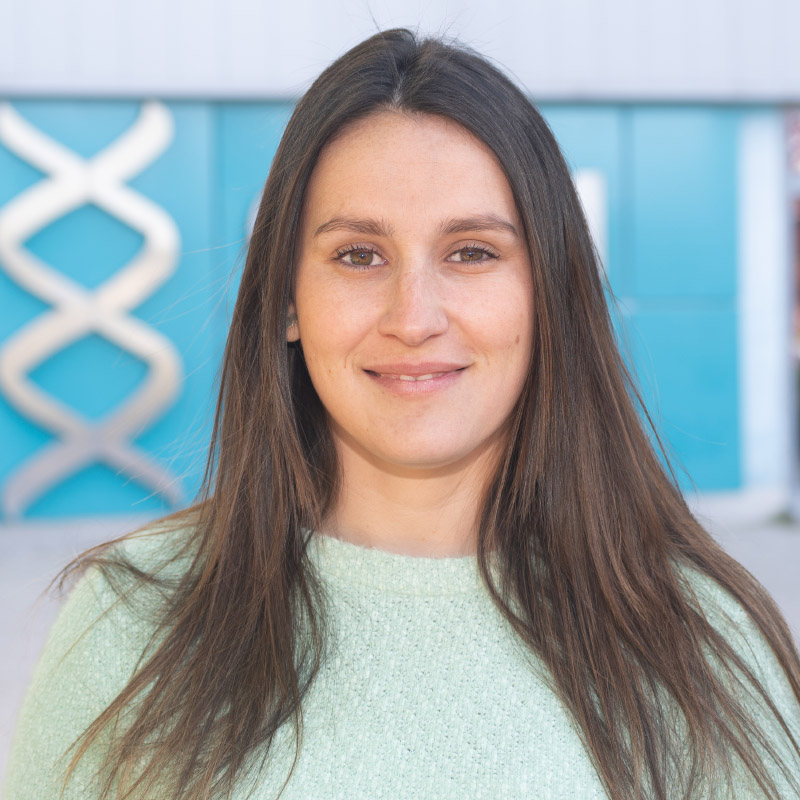
Estefanía Vázquez de Oro
Lab.: 408 Ext.: 4574
evazquez(at)cbm.csic.es

Ana Ortega Molina
Lab.: 408 Ext.: 4509/4574
aortega(at)cbm.csic.es

Marta González Pérez
Lab.: 408 Ext.: 4574
marta.gonzalez(at)cbm.csic.es

Beatriz López Martín-Lunas
Lab.: 408 Ext.: 4509/4574
blopezml(at)cbm.csic.es

Sara Salazar Ortego
Lab.: 408 Ext.: 4574
ssalazar(at)cbm.csic.es
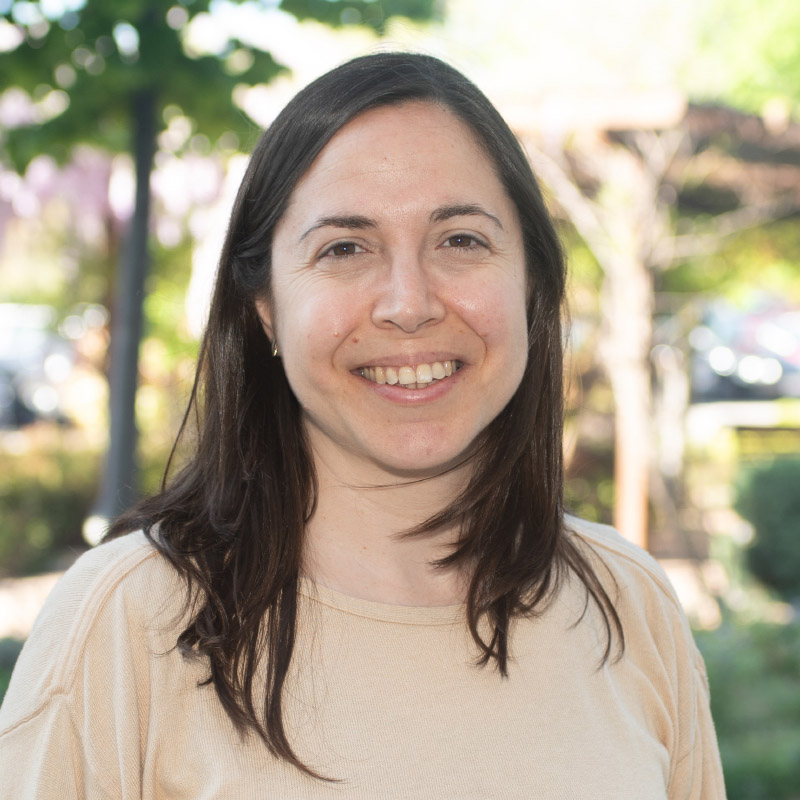
Rebeca Gema Jimeno Lumeras
Lab.: 408 Ext.: 4574
rjimeno(at)cbm.csic.es

Blanca Hidalgo Madrid
Lab.: 408 Ext.: 4509

Carolina Elvira Rodríguez Pereira
Lab.: 408 Ext.: 4509
Selected publications

Inhibition of Rag GTPase signaling in mice suppresses B cell responses and lymphomagenesis with minimal detrimental trade-offs
Ana Ortega-Molina et al.

Oncogenic Rag GTPase signalling enhances B cell activation and drives follicular lymphoma sensitive to pharmacological inhibition of mTOR
Ana Ortega-Molina et al.

CREBBP Inactivation Promotes the Development of HDAC3-Dependent Lymphomas
Yanwen Jiang et al.

The histone lysine methyltransferase KMT2D sustains a gene expression program that represses B cell lymphoma development
Ana Ortega-Molina et al.
